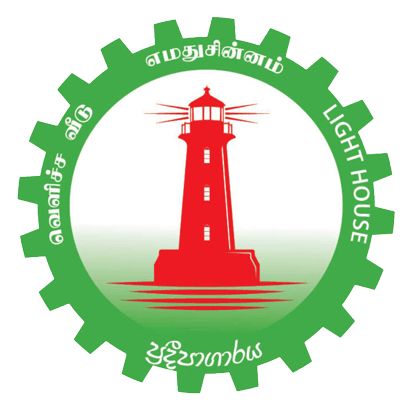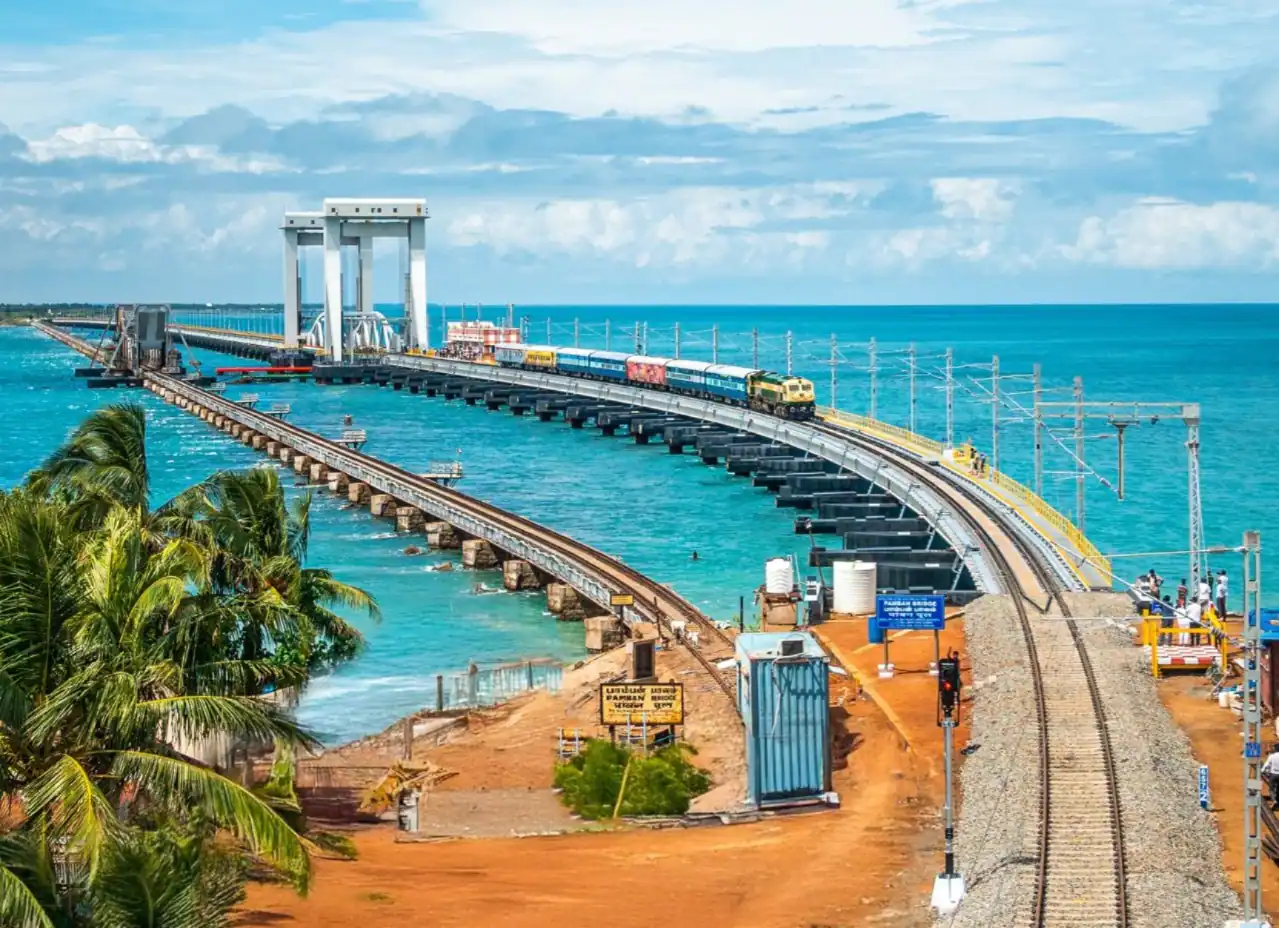Decades ago, passengers could travel from Chennai (then Madras) to Colombo, Sri Lanka, by train and ferry. The journey began at Egmore station and continued along the eastern coast, crossing the iconic Pamban Bridge to reach Rameswaram. From there, trains ran to Dhanushkodi, the southernmost rail point in India. A short ferry ride across the Palk Strait took travellers to Talaimannar in Sri Lanka, where they could board a train to Colombo.
This seamless route was disrupted in 1964, when a powerful cyclone devastated coastal Tamil Nadu. The storm, with wind speeds over 150 kmph, damaged the Pamban Rail Bridge and wiped out the railway line between Rameswaram and Dhanushkodi. Since then, trains have terminated at Rameswaram, and the ferry link to Sri Lanka has not resumed, as per a report by India Today.
Sixty years on, a new bridge may breathe life into that lost connection. On 6 April 2025, Prime Minister Narendra Modi inaugurated a newly built Pamban Bridge, replacing the 110-year-old structure. The launch has revived hopes for a larger plan—a direct rail link between India and Sri Lanka.
The idea isn’t new. During British rule, a proposal was made to connect the two countries by rail, as part of a broader plan to move goods and people efficiently across the empire. In 1914, the South Indian Railway built the Pamban Bridge, enabling trains to reach Dhanushkodi. But the last segment—linking Dhanushkodi to Talaimannar—was never completed due to financial constraints and later global events like World War I.
Until the 1964 cyclone, a popular service called the Indo-Ceylon Boat Mail allowed passengers to travel from Chennai to Colombo through a combination of train and ferry. The cyclone not only halted this unique journey but also buried the vision of direct rail connectivity between the two nations.
In recent years, discussions around this long-standing idea have resurfaced. A road-and-rail bridge or undersea tunnel across the Palk Strait—from Dhanushkodi to Talaimannar, just 25 km apart—has been considered. Multiple feasibility studies have been conducted. The success of the new Pamban Bridge could serve as a stepping stone to extending the rail line further.
In 2002, Sri Lanka proposed a road-cum-rail bridge linking Rameswaram and Talaimannar, but the plan was shelved due to opposition from Tamil Nadu’s then-Chief Minister J. Jayalalithaa, who raised security concerns.
Though the political climate has shifted, questions of security and cost remain. In 2015, India’s Union Minister Nitin Gadkari pitched the project to the Asian Development Bank, which agreed to fund it. But Sri Lanka’s transport minister later dismissed the proposal.
Fresh interest in the idea emerged in 2024. Sri Lankan President Ranil Wickremesinghe stated that a feasibility study on the project was nearing completion. A Sri Lankan official also suggested that India might fund the entire $5 billion project, although this was later downplayed by another minister.
Meanwhile, India has deepened its role in upgrading Sri Lanka’s rail infrastructure. During PM Modi’s recent visit, he and Sri Lankan President Anura Kumara Dissanayake inaugurated two India-assisted railway projects. India has also built and upgraded several other rail lines in the island nation.
Sri Lanka is the only neighbouring country that India does not share a rail link with. Existing links connect India to Pakistan, Nepal, and Bangladesh, with plans for Bhutan in progress. Establishing a link with Sri Lanka could enhance trade, tourism, and cultural exchange, especially as both countries already share a Free Trade Agreement.
With growing focus on infrastructure, political realignment in Tamil Nadu, and renewed interest in regional connectivity, the dream of bridging the 25-kilometre gap between Dhanushkodi and Talaimannar might just move from paper to tracks.
Source: Times Now


